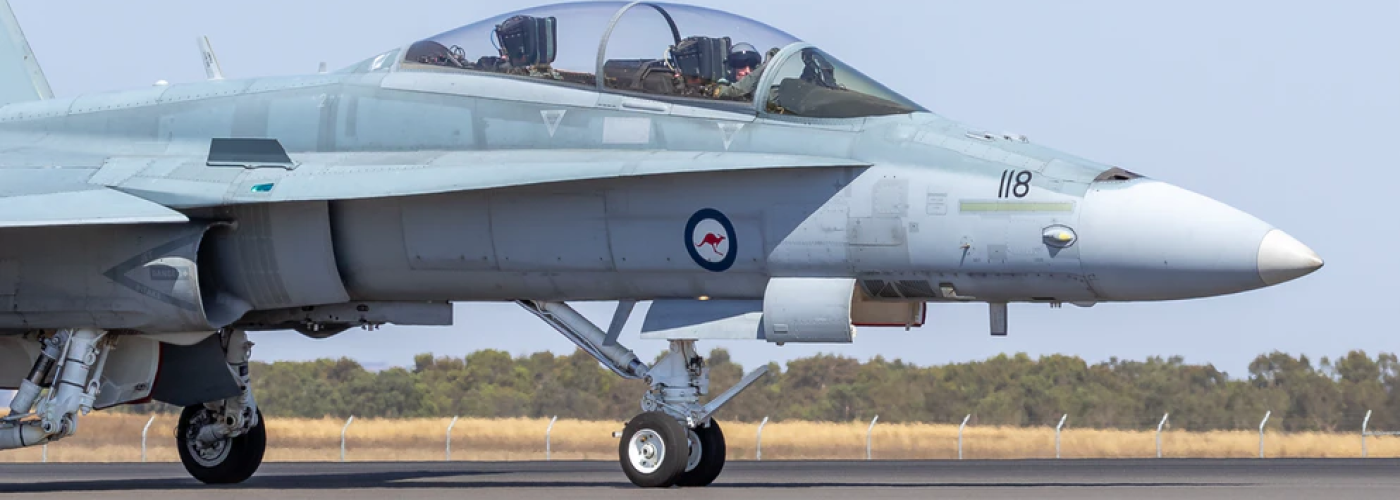The aerospace and aviation industry is continuously changing, while the importance of creating reliable, safe parts remains essential to the industry’s advancement. New advancements in aviation directly affect how our military’s implement strategies, our commercial flights, and deliveries. Without high quality, expertly engineered parts, none of this would be possible.
Where to Find Parts for Aerospace/Aviation Manufacturing
When looking to find the best aerospace and aviation parts, quality is of the utmost importance. Finding the right aerospace forging companies will make a big difference in the quality of products you receive. From actuators, runway light covers, and specialty parts, you want to make sure you find a manufacturer who is experienced and qualified to produce the parts. Finding an experienced manufacturer in crafting these specialty parts is crucial to ensuring you get the very best options that are safe and reliable.
Forging vs. Casting
When shopping for aerospace and aviation parts, there are two conventional methods of manufacturing many of these specialized parts. Depending on the stress these parts are going to be under, and what type of material they are made of, they may be forged or cast.
Forging is the process of heating the material being used to create the part until its just hot enough to shape with a hammer or forced within a die. This process produces durable and robust components that can handle a lot of stress.
Casting is a process of melting the metal material and pouring it into a die. Once the part has cooled off, the metalworker then continues to finish the small details of the piece. This process is excellent for more intricate part shapes, as the mold can be made to handle more complicated designs.
Both forging and casting come with their own set of pros and cons, each playing an essential role in the aerospace and aviation industry.
What is Aerospace Part Forging?
The process of forging components for aerospace parts is done by taking a billet (metal material) and compressing that metal into the shape desired. This is done using extreme compression and force, and the result of these efforts are parts with incredible strength.
When making parts that are going to be under high levels of shock or stress, such as gears, wheel spindles, or pistons, forging them gives them that extra strength to perform well.
There are a few ways of forging parts for aerospace and aviation. Two common types are open-die and closed-die. The open-die process is the preferred method for working with larger aluminum components. This process is done using flat-faced dies without any precut profiles. This process of forging is often preferred as it allows the metal worker to make larger, more unique designs.
Closed-die forging is a similar process where the metal is restricted as its put within the die. This process makes very detailed designs to exact specifications. Using the closed-die method works best for smaller parts, requiring great attention to detail.
What is Aerospace Part Casting?
Casting is the process of creating parts by pouring or injecting molten metal into a preshaped mold. To cast aerospace parts you need to bring the metal to a high enough temperature that it will melt, when the molten metal hardens in the frame, the metalworker can then touch up the component and work it until it meets the specifications needed.
Compared to forging parts, casting parts cant take the same levels of stress. These parts are best for lightweight applications. The benefits of casting parts is that it can be formed in a large variety of sizes and shapes, They require less work in the secondary machining process, and casting parts tend to be lighter than if they were forged.
Knowing What Part to Choose
When choosing how a part is made, it’s necessary to understand what type of application it will be used for. Casting offers a great way to produce valves, swirl nozzles, engine rings and blades, and most light-duty metal parts. When looking for high strength parts for high-stress situations, its best to choose forged parts. Each process of creating parts serves the aerospace and aviation industry with great benefits according to what job needs to be performed.
By having this information on the processes used to create parts, ordering the right ones should come easily. The important thing is to choose a professional manufacturer who understands how your parts are going to be used.





